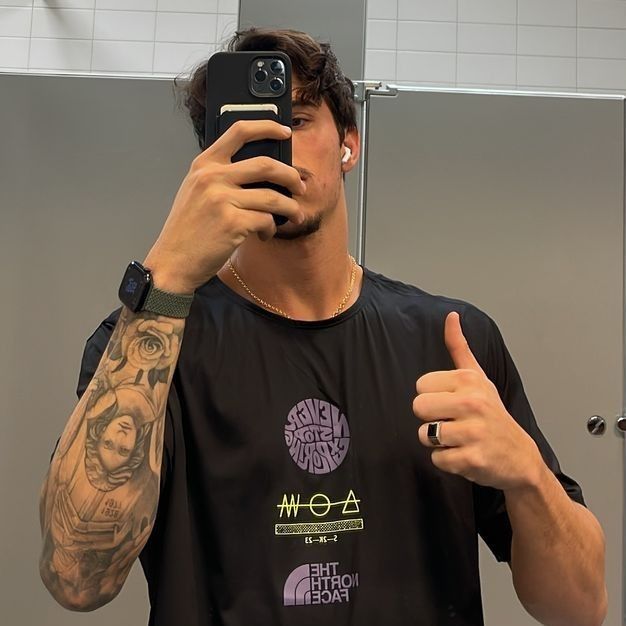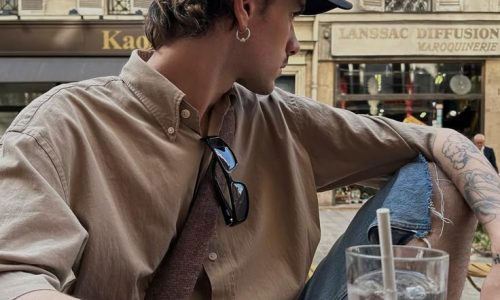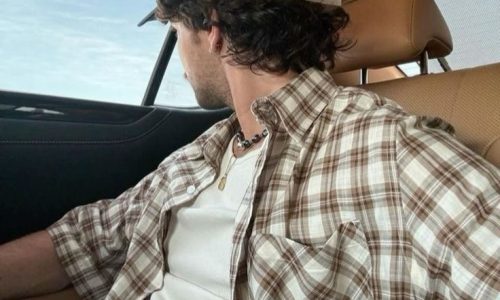
2025 Style Forecast: The Must-Know Fashion Trends
Introduction
The year 2025 brings a seismic shift in fashion ideologies. Designers, consumers, and cultural influencers are reshaping the aesthetics, priorities, and emotional connections tied to clothing. This style forecast unveils the definitive trends of the year—those that are pushing boundaries and making statements from runways to real-world wardrobes. In a climate of reinvention and mindful design, fashion in 2025 is as much about vision as it is about values. This comprehensive guide explores what’s in, what’s evolving, and what will define how we dress in this transformative year.
Trend One: Eco-Elevated Fashion
Sustainability is no longer an option—it is the foundation of modern apparel. In 2025, environmental awareness is infused into the DNA of nearly every collection. Designers are choosing organic textiles, recycled materials, and carbon-neutral production methods. Beyond materials, brands are turning to circular fashion, promoting take-back programs and garments designed for easy disassembly. Eco-luxury becomes mainstream, with biodegradable sequins, plant-dyed fibers, and lab-grown leather defining high-end aesthetics. Consumers, too, are responding with discerning eyes and hearts—supporting labels that practice transparency and low-waste ethics.
Trend Two: Technological Integration in Everyday Wear
Fashion meets future-tech in exciting new ways. Smart garments equipped with biometric sensors, climate-adaptive fabrics, and wearable health monitoring systems make functionality fashionable. In 2025, clothing responds to your environment—jackets adjust insulation based on temperature shifts, and shoes track performance in real-time. Embedded screens, haptic feedback elements, and NFC tags for interactive styling are emerging. These tech-forward pieces balance utility with contemporary design, bringing cyber-influence into streetwear, luxury, and activewear categories alike.
Trend Three: Neo-Minimalism Takes Center Stage
Simplicity evolves into a powerful style statement. Neo-minimalism is about purposeful design—streamlined silhouettes, neutral palettes, and elevated materials crafted with impeccable tailoring. Rather than appearing stark, this new form is tactile and nuanced, using texture, shape, and subtle color variations to create depth. In 2025, less is more—quiet luxury is the language of power dressing. Matte finishes, clean lines, and refined basics like precision-cut trousers and architectural blazers mark this trend.
Trend Four: Maximalist Expression Returns
Contrasting the minimalist movement, maximalism stages a dramatic comeback. Bold prints, exaggerated volumes, and eclectic layering become tools of creative identity. In 2025, fashion becomes a canvas for individuality—mixing vintage with modern, couture with casual, and textures with patterns in daring combinations. Fashionistas are turning sidewalks into runways with outfits that shout personal narrative. Ruffles, feathers, sequins, and oversized accessories return with theatrical flair, blurring the line between costume and daywear.
Trend Five: Gender Fluidity in Design
Clothing in 2025 embraces fluidity and freedom beyond binary definitions. Gender-neutral collections move past androgyny into new realms where silhouettes, fabric choices, and cuts prioritize self-expression over traditional norms. The emphasis lies in comfort, elegance, and innovation. Oversized blazers, kilts, tunics, and utility vests are worn by all genders, reflecting a cultural shift toward inclusivity and identity exploration. Runways feature models that represent a spectrum of gender identities, reflecting real-world diversity.
Trend Six: Heritage Reimagined
Global craftsmanship and cultural heritage are being reinterpreted through a contemporary lens. Designers are working closely with artisans to blend tradition with trend, spotlighting embroidery, weaving, dyeing, and tailoring techniques passed down through generations. In 2025, fashion honors roots without falling into pastiche. It’s about storytelling through design—where motifs have meaning, and provenance matters. Expect to see regional prints updated with digital precision, heirloom silhouettes modernized for urban life, and historical references woven into future-ready garments.
Trend Seven: Digital-First Fashion and Virtual Identity
As digital realms evolve, so too does fashion’s place within them. Virtual wardrobes, digital-only fashion drops, and avatar styling are reshaping how youth and tech-savvy consumers engage with style. In 2025, fashion brands are launching collections in the metaverse, creating wearables that exist solely online or can be augmented through AR overlays in real life. This trend reflects the rise of digital identity—where expression is just as crucial in virtual spaces as in physical ones. Blockchain authentication and NFTs play a role in tracking fashion provenance and ownership.
Trend Eight: Functional Aesthetic in Utilitywear
Fashion meets practicality with elevated utilitarianism. Cargo pants, boiler suits, multi-pocket jackets, and convertible garments are designed not only for function but also with refined visual appeal. In 2025, utilitywear merges adventure-ready styling with modern tailoring, making it suitable for both city life and off-grid exploration. Earthy palettes, durable fabrics, and modular accessories dominate, resonating with consumers seeking both form and flexibility.
Trend Nine: Elevated Athleisure and Sport Couture
Athleisure matures into a sophisticated style category, blending performance and polish. Sleek tracksuits, sculptural sneakers, and compression garments gain high-fashion status. Luxury sportswear is defined by minimalist branding, engineered textiles, and hybrid functionality. Designers collaborate with athletes and fitness influencers to create collections that honor movement while exuding elegance. In 2025, it’s just as acceptable to wear a racerback dress or ergonomic leggings to a gallery as to a gym.
Trend Ten: Color Psychology and Expression
Color becomes a storytelling medium. From dopamine dressing to tonal layering, hues in 2025 serve emotional and expressive purposes. Warm corals, digital blues, grounding olives, and vibrant lavenders dominate collections. Fashion embraces the psychological impact of color, creating pieces that reflect mood, boost confidence, or calm anxiety. Ombré fades, gradient textures, and color-clashing accessories turn everyday outfits into palettes of personal emotion.
Conclusion
Fashion in 2025 is a thrilling fusion of innovation, inclusivity, and introspection. No longer dictated by a single ideal or seasonal calendar, trends now emerge from a complex dance of culture, technology, emotion, and environmental urgency. The must-know movements outlined here demonstrate a future where clothing is not merely worn—it is experienced, challenged, personalized, and meaningful. As we step further into a future driven by self-expression and sustainability, fashion becomes not just a reflection of the times, but a tool for shaping them.


